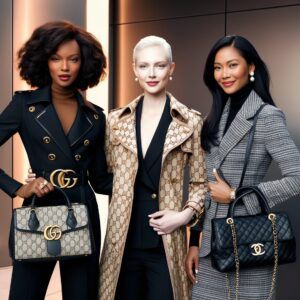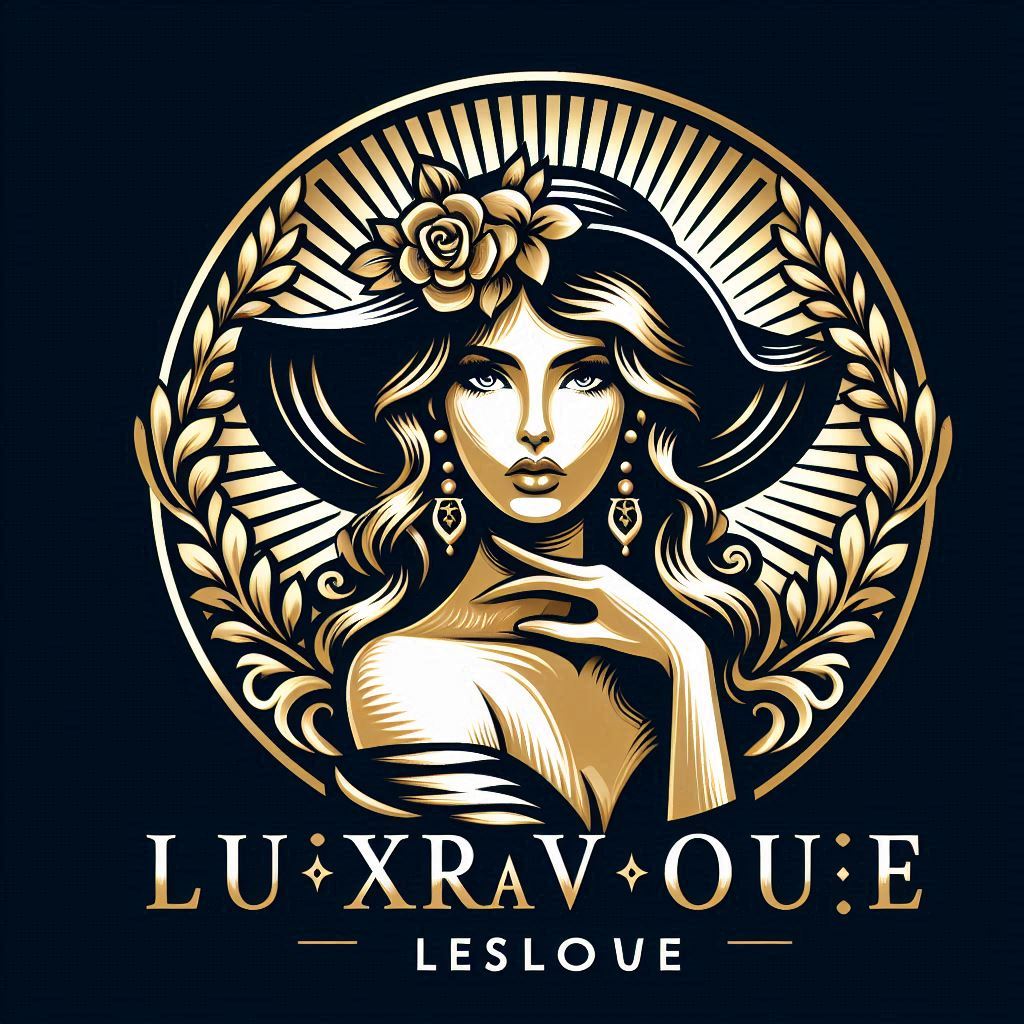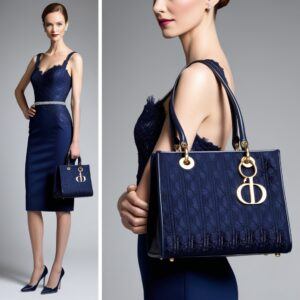I’m going to walk you through the opulent timeline of women’s luxury fashion. It’s a rich tapestry, not just of fabric, but of cultural significance and innovation that has, time and again, reshaped our social fabric.
Let’s start with the historical context of luxury fashion. The concept itself stems from exclusivity and craftsmanship, a domain where rarity and attention to detail are celebrated. Women’s luxury fashion emerged as a symbol of status and identity in European courts, later becoming accessible to the increasingly affluent classes during the Industrial Revolution.
Key milestones in the evolution of women’s luxury fashion include the transition from made-to-order garments to ready-to-wear collections, the introduction of iconic products like the ‘little black dress’, and the rise of brand ambassadors who are quintessential to the global outreach of these brands.
We can’t discuss the ascent of luxury fashion without mentioning the architects of this grand domain: Coco Chanel, who championed comfort and class; Elsa Schiaparelli, with her avant-garde flair; and Christian Dior, who introduced a new feminine silhouette post-World War II. These trailblazers set the stage for what would become a multibillion-dollar industry.
This brings us to haute couture, the apex of fashion’s artistry. It’s where imagination meets needle and thread, resulting in high-caliber creations that often become the heart of a brand’s identity. Haute couture isn’t merely about clothing; it’s a statement of ingenuity, setting the trends that trickle down into every layer of the fashion pyramid.
In my opinion, to fully appreciate the world of luxury fashion, we ought to recognize its foundations – the houses and designers that transformed women’s attire into masterpieces of desire. Understanding the heritage and ethos of these brands is crucial, and that’s going to include diving into the stories of some iconic fashion houses. You’re going to find out about Chanel, Louis Vuitton, and others. But it’s not all about the past. These legacy brands continue to innovate and stay relevant, which is why luxury fashion remains a potent force in the global market.
Iconic Women’s Luxury Fashion Houses

Chanel, Louis Vuitton, Gucci, Dior, and Prada. These names not only evoke a sense of opulence and style but also carry the heavy weight of fashion history. Let’s take a closer look at what each of these houses has brought to the world of luxury fashion.
Chanel, founded by Gabrielle ‘Coco’ Chanel, is practically synonymous with chic and timeless elegance. I’m sure you’ve spotted the iconic ‘little black dress’ or quilted handbag. They’re not just fashion items; they’re cultural touchstones that changed how women dress and perceive themselves.
Next, we have Louis Vuitton, a label that started with travel trunks. They’re now revered for blending traditional craftsmanship with modern innovation, all while maintaining a signature style that’s recognizable across the globe. It’s not just about the monogram; it’s the quality and design that keep Louis Vuitton at the top.
Gucci, on the other hand, has been a playground for the reinvention of modern luxury. Bold prints, eclectic designs, and a bit of controversy are what define this Italian brand. It’s not just about the luxury; it’s how Gucci has made luxury cool and contemporary.
Dior brings to the table a legacy of feminine sophistication and innovation. From the revolutionary ‘New Look’ to the elegant lines seen on today’s runways, Dior has historically shaped the silhouette of women’s fashion.
Finally, Prada emphasizes the juxtaposition of the classic with the avant-garde. Its designs challenge the norms and often add a playful twist to an otherwise minimalist aesthetic.
Each of these houses has not only created trends but also established standards in quality and style that have rippled through the industry. They’ve set benchmarks for craftsmanship, which is exactly what we’re going to talk about next.
Understanding the Craftsmanship Behind Luxury Brands

When it comes to women’s luxury fashion brands, the devil is truly in the details. The high price tags are not just for the name or the logo; they’re a direct reflection of the meticulous craftsmanship that goes into each product. Let’s take a closer look.
The journey of a single luxury garment or accessory often begins with sourcing the finest materials available. From the supplest Italian leathers to the softest cashmere, luxury brands are uncompromising in their quest for quality. I’m going to walk you through why this obsession with materials matters.
It’s not just the luxurious materials that set these brands apart, but also the hands that craft them. Skilled artisans pour hours of labor into each piece, often utilizing techniques passed down through generations. This dedication to handcrafting ensures unparalleled attention to detail, from the precise stitching on a handbag to the delicate embroidery on a gown.
Another cornerstone of luxury fashion is bespoke tailoring. Made-to-measure pieces are a hallmark of the industry, offering clients a personal touch that off-the-rack items simply cannot match. But don’t worry too much about the cost; even if bespoke isn’t in your budget, understanding its value can help you appreciate the craftsmanship in ready-to-wear collections.
While honoring their rich heritage, luxury brands are not averse to innovation. They continuously adapt traditional techniques to the demands of the modern world, ensuring their relevance and appeal to new generations. In this intersection of old and new, luxury brands find a way to offer timeless pieces that still manage to feel fresh and contemporary.
And as you transition into the next section, you’re going to find out about how all these elements of luxury fashion don’t just create products, but also resonate deeply with cultural shifts and attitudes, weaving a narrative that’s as rich as the fabrics they use.
The Cultural Impact of Women’s Luxury Fashion
I’m going to talk about how women’s luxury fashion isn’t just about dazzling runways and glossy magazine spreads; it’s a powerful force that holds a mirror to society. This phenomenon goes beyond the shimmer of luxury—it reflects societal changes, shaping and being shaped by the attitudes and values of the times.
You’re going to find out about the symbiotic relationship between luxury brands and popular culture. Consider film icons synonymous with certain designer labels or the endless parade of fashion in music videos. Luxury fashion often takes on an ambassadorial role, representing ideals of beauty and success in mainstream media.
It’s not only about aesthetics; it’s also about empowerment. High-end fashion has offered women a way to express themselves, often serving as a canvas for political and social statements. From the power suits of the ’80s to the body positivity movement today, the right outfit from a high-status brand can serve as armor and assertion.
This brings us to the present evolution—sustainable luxury. The giants of this realm are gradually integrating environmental and ethical considerations into their business models. Luxury is no longer defined strictly by price tags and exclusivity, but also by a brand’s commitment to sustainability and social responsibility.
I really hope that you see luxury fashion as more than a symbol of status. It’s a complex interplay of art, identity, and culture, continuously adapting to our world’s needs. Remember, the true essence of luxury might just lie in the legacy it leaves behind for future generations. Luxury fashion isn’t static; it’s a story unfolding—a conversation between the brand and the world it inhabits.

